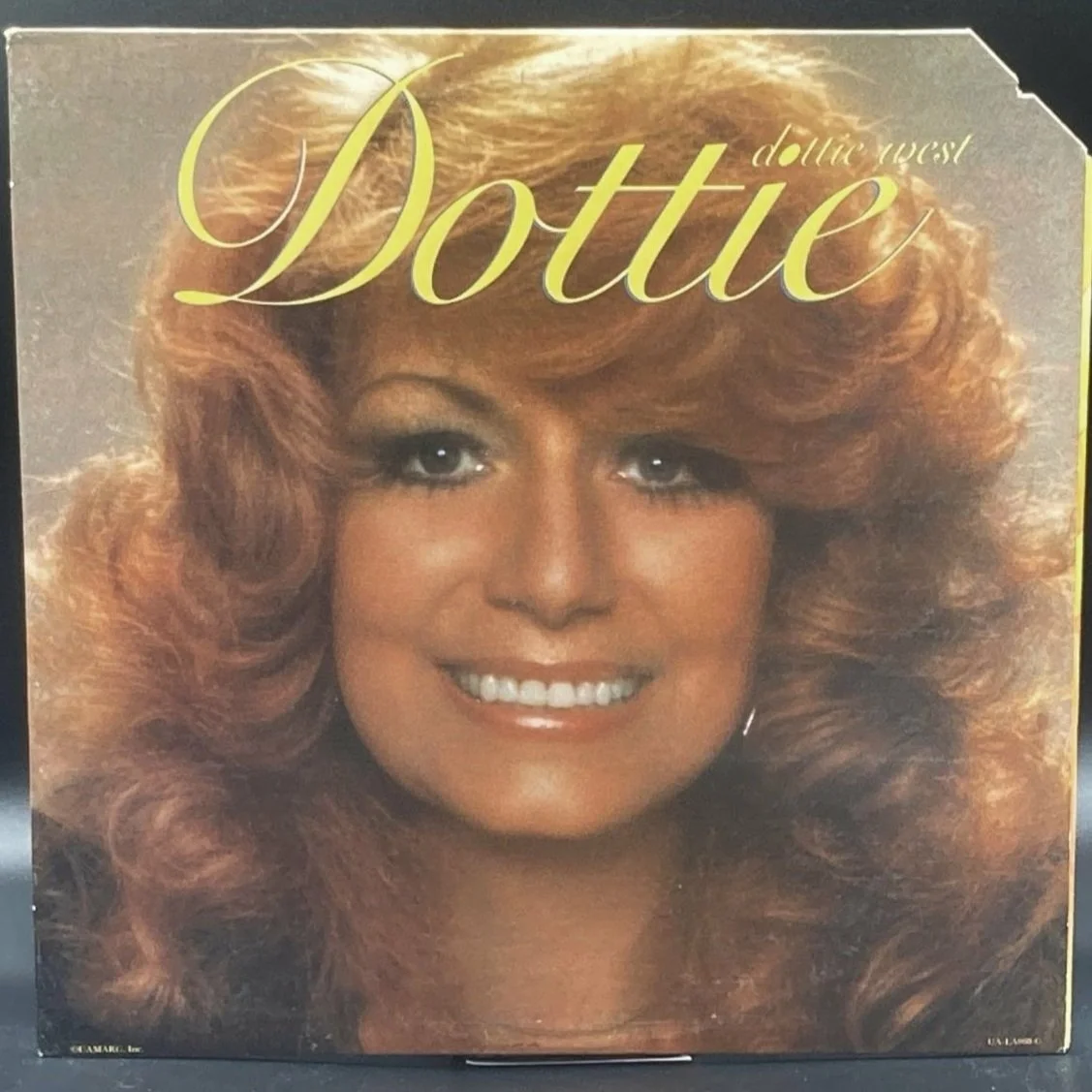OSR’s Vinyl 101: Album Cover Terms, Explained
Whether you’re dusting off your old collection from the attic or grabbing Taylor Swift’s Folklore as your first record purchase, vinyl is back and here to stay. Ominous Synths Vinyl 101 series gets you up to speed on the basics of record collecting. In this issue we go over the low-down on typical lingo, tips, and things to know when it comes to judging the condition of your vinyl covers.
The most important thing when buying used vinyl is understanding the condition, often done through a process called “Grading”. Each record store has a different process and criteria when it comes to grading, but some basic rules are pretty consistent.
These days, most record stores (OSR included!) base their general grading scale off of the Goldmine Grading Standard abbreviations and scores: M for Mint, NM for Near Mint, VG+ for Very Good Plus, VG for Very Good, G+ and G for Good Plus and Good, and then the dreaded F for Fair and P for Poor. When it comes to the super tiny details that record nerds can debate all day (can an album be Near Mint if it’s been played before? Does EX/E for Excellent describe a record better than VG+?), that’s where stores and graders differ. If you want the extensive list of how we grade our own records, you can take a look at our Grading Page.
But in this article we’ll go into the some of the buzzwords you might hear people talk about when they’re describing specific kinds of wear and damage to an album cover, as well as any tried and true methods to prevent or treat it.
Foxing
This may be one of the toughest words to figure out from context clues when people talk about albums, and collectors talk about foxing a LOT. The word foxing is said to be derived from the chemical Ferric Oxide, which what can cause paper and pulp to deteriorate over time when exposed to oxygen, causing a rust-colored blemish.
Over time, record covers with paper backings like those popular in the 60’s often suffer from turning yellowish brown or reddish-rust colored over the long decades. This is what people refer to when they mention foxing (assuming they’re not talking about the Indie band of the same name). Once foxing is present it’s there for good, but keeping your albums out of direct sunlight can do wonders to prevent it from happening in the first place.
Our copy of this Dusty Springfield album is beginning to show light signs of foxing on the sides -- one of the reasons why it’s on sale
Ringwear
If foxing is an annoying problem, ringwear is its older meaner sibling. Ringwear is a little more self-explanatory: it’s the imprint that a record has left on the cover over time. This can cause discoloration and an ugly stain very similar to the one your friend may have put on your favorite coffee table because he didn’t use a coaster (looking at you, Danny…).
Along with foxing, there are no sure-fire ways to remove ringwear once it’s there, but you can prevent it with plastic outer covers for your album. The proof is in any album in the original shrink wrapped plastic that has ringwear markings. 9 times out of 10, you will find that the eyesore comes off with the plastic, leaving your album good and spiffy as new. Those without plastic covers, aren’t as lucky.
This Graham Nash/David Crosby album is suffering from a very unfortunate case of ringwear. Thus, this copy was given a VG cover grade.
Seam Splits
While the last two issues were more cosmetic, seam splits are a more invisible but bigger structural issue because they can potentially cause your records to become damaged. A seam split occurs when the cardboard of an album literally splits at the seams (or comes unglued, in the case of later records from the 70s/80s). This can be a small issue, especially when the split is less than 1”. However if the split happens across an entire side of a cover, it may make it difficult or impossible for the cover to hold the record inside it, which is always a bummer.
If you look closely, you can see the tell-tale marks of a seam split on the spine of this copy of Katy Lied — A big reason why all our product photos include areas beyond the cover edges!
Record Store Cutout/Clipping/Punchout
This is a little fascinating and one many newer collectors still get puzzled about; whether it’s a strange hole punch or a clipped corner or a little notch in the edge of a cover. There are two main ways an album would get to a punch-out state, and one is a lot more glamorous than the other.
The first scenario would be in the case of promo copies of albums. When record stores would send out promotional versions of records to DJs and radio stations for airplay, they would often punch a hole out or clip the corner of a cover, in order to prevent them from reselling them or returning them for a refund.
The second scenario is more common and likely the case for most vinyl cut-outs. When record stores had products that were not selling well enough, they would return them back to the manufacturer. They would then make the punch-out or cut-out and re-sell the album to record stores at wholesale, deep discounted prices. Those copies would then find their way into the bargain bins of the stores.
While that may seem like another defect, this one is a little controversial for albums. Since they represent a record that sold poorly, that means there are not many copies of it out there, and in modern days will make it much more difficult for a collector to find. So in some cases a punch-out can symbolize a hidden gem of an album to add to your collection.
Ouch! Looks like this Dottie West album didn't make the cut when it first debuted, and got a corner clip as a result.




